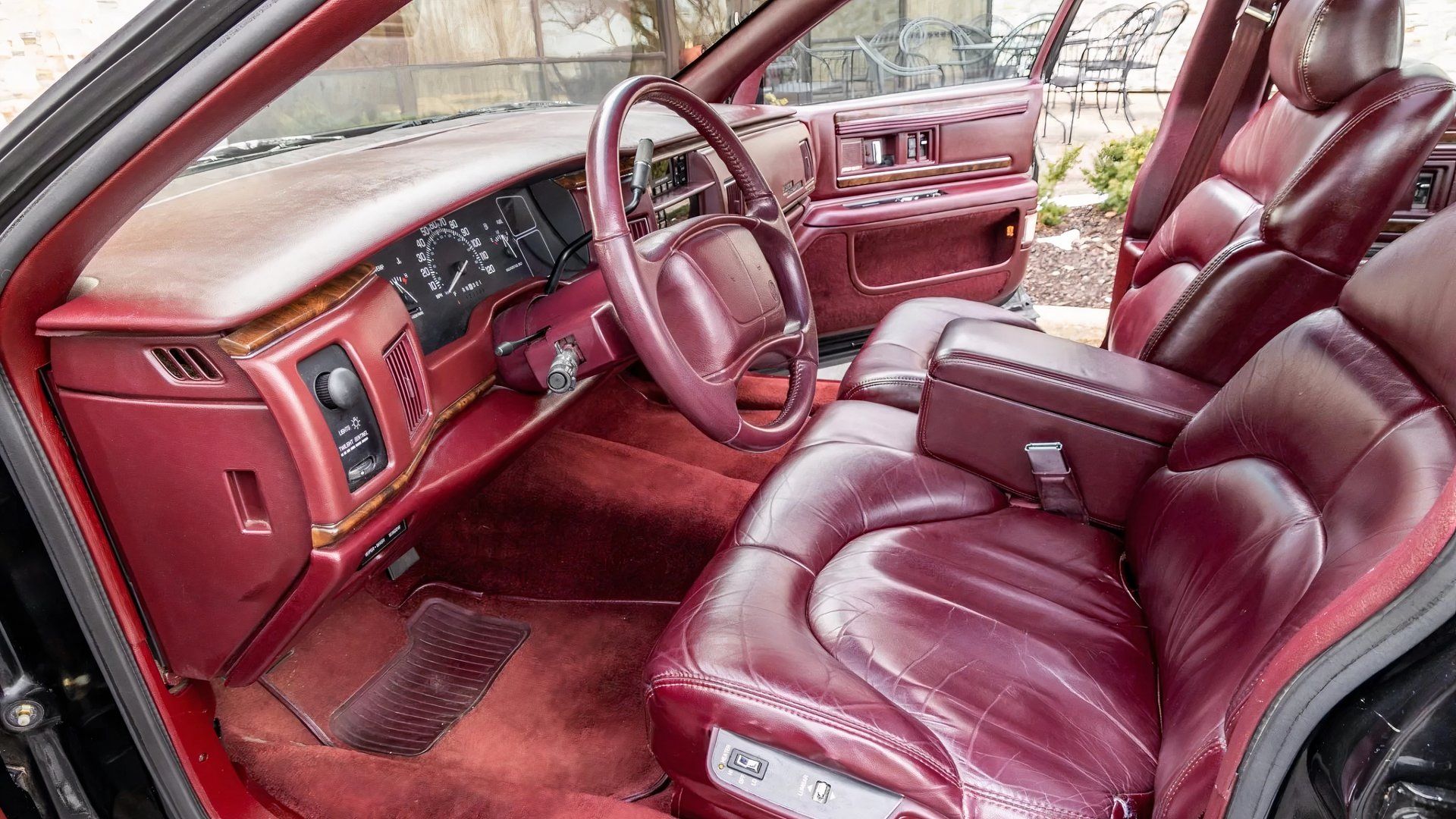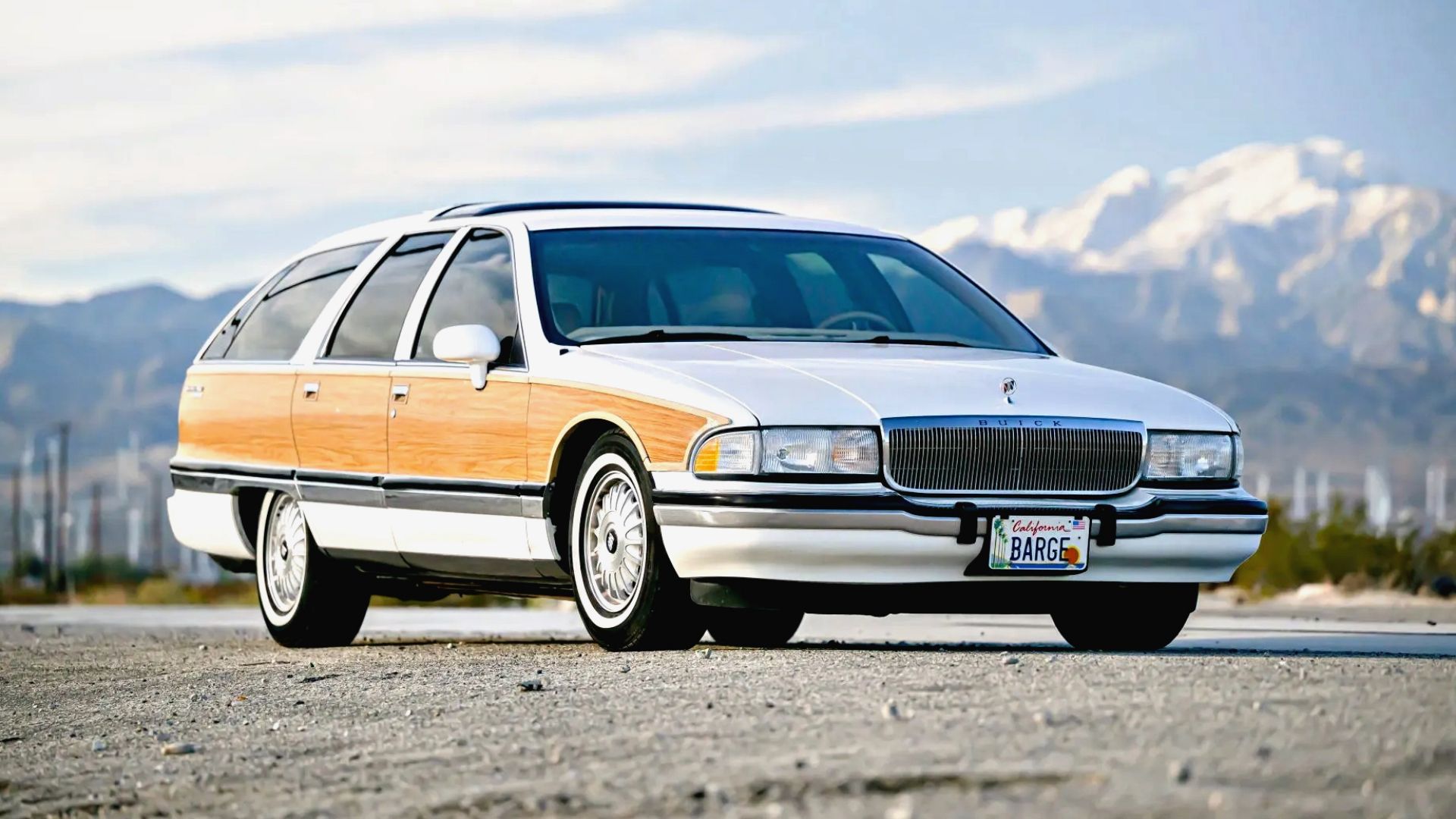
Buick is a well-respected American luxury vehicle brand that is known for making big, beautiful cars – a sentiment that is most realized in their classic line-up. Among their larger models is the Roadmaster, a well-equipped sedan that also comes in wagon form. The final generation, which kicked off in the early 1990s, produced some of the most quintessentially American vehicles of the decade and beyond.
Most recognize the GM B-body models for their “sleeper” car potential, which is fitting, as this one in particular comes with a Corvette V-8 engine that can deliver some impressive numbers. This includes not only impressive acceleration and road ability, but also impressive towing power. How much? Let’s find out.
In order to give you the most up-to-date and accurate information possible, the data used to compile this article was sourced from GM and other authoritative sources, including KBB, Classic.com, Bring a Trailer, and Hemmings.
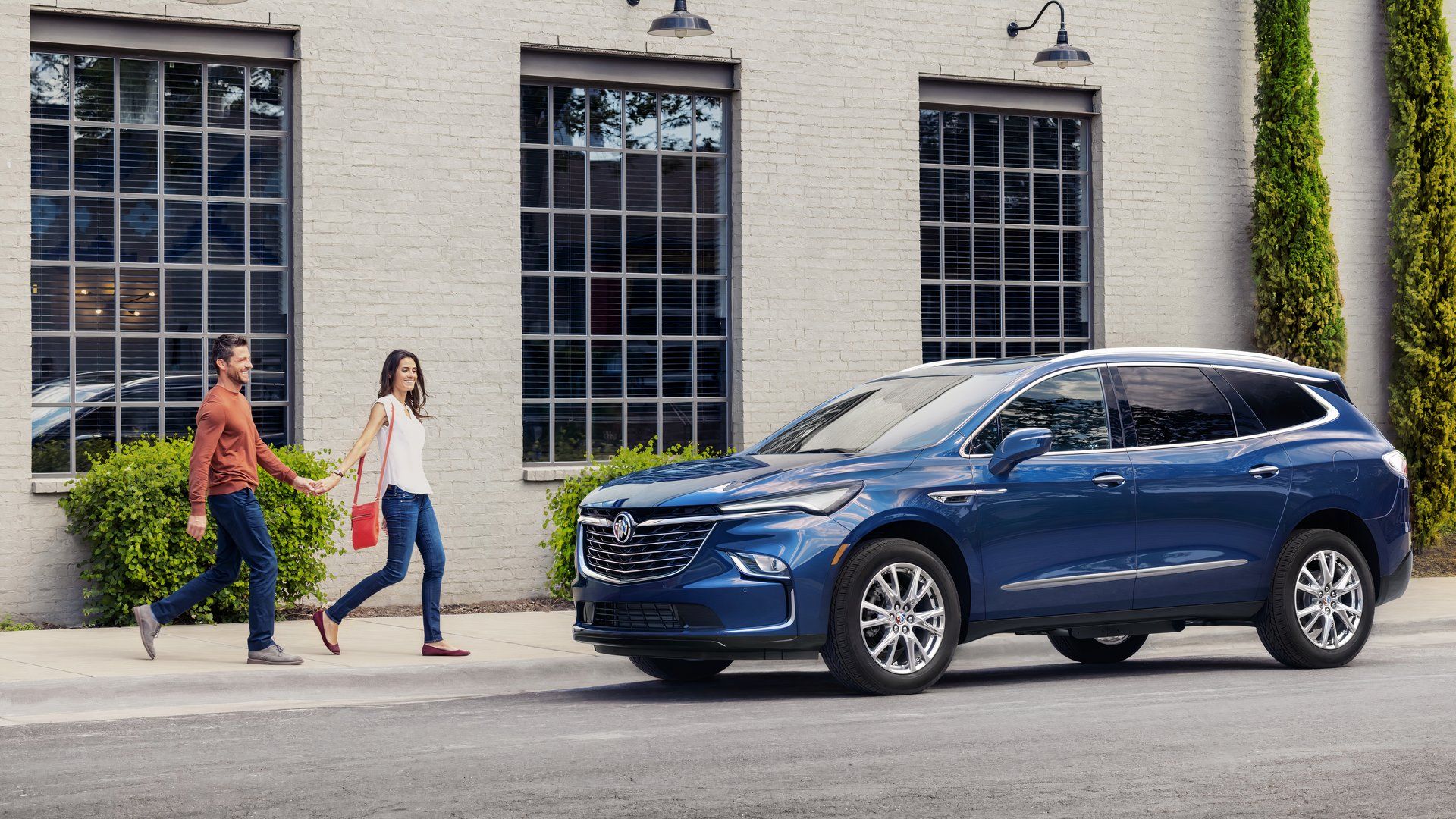
Related
Why Doesn’t Anyone Buy Buicks?
Buick has been labeled a grandma/grandpa car for decades now. The brand continues to try to spice things up, offering shockingly great intro pricing and offers throughout the year, but still nothing. Is there something explicitly holding Buick back altogether? Can a new wave of leadership and ideas revive the American car company or perhaps make it competitive for the first time?
If you had a day in the Buick HQ, what would you tell the people up top?
Standard Small-Block Excellence In Its Final Years
While the Buick Roadmaster was around for over half a century before its final run, it made its strongest impact on the wider automotive culture when it was given real American muscle. This came courtesy of the LT1 V-8, a small-block engine that, at the time, powered the Chevrolet C4 Corvette. Though the Roadmaster’s LT1 was de-tuned to fit with the capable family car vibe, it still harbored ample muscle under the hood.
1996 Buick Roadmaster Specs
Engine | 5.7-Liter V-8 |
Horsepower | 260 |
Torque | 330 Lb.-Ft. |
Transmission | 4-Speed Auto |
Driveline | RWD |
0-60 MPH | 7.0 Seconds |
Top Speed | 108 MPH |
Max Towing Capacity | 7,000 Pounds |
Curb Weight | 4,572 Pounds |
Fuel Economy (City/ Highway) | 15 MPG/ 24 MPG |
The impressive road ability is the stuff of legends, with the standard mill able to launch the behemoth to 60 MPH from a standstill in around seven seconds, which is competitive with modern-day sports cars, including the Honda Civic Si. The rear-drive V-8 muscle wagon shared much of its construction and underpinning with early B-body models, which include the Chevy Caprice and Oldsmobile Custom Cruiser, with the 1990s Roadmaster only slightly tweaking the original B-body chassis. Talk about old-school cool.
Towing Power And Utility
The standard towing limit for a 1996 Buick Roadmaster Estate wagon in standard form is 2,000 pounds. Equipping the towing package, which includes a self-leveling Dynaride air shock suspension, a heavy-duty cooling system, a weight-distributing hitch, and a limited-slip differential, takes that figure up to 5,000 pounds, though some reports claim 7,000 pounds as the official max towing limit with all optimal towing equipment installed.

Add TopSpeed to your Google News feed.
Regardless, the 5,000-pound limit is competitive with some modern small pickups, including the Ford Maverick, Hyundai Santa Cruz, and Toyota Tacoma. This only becomes more impressive if the aforementioned 7,000-pound limit is accurate, though no original owner’s manuals state anything over 5,000 pounds.
Modern SUVs and crossovers hold up even worse in the towing arena when facing off against the Buick Roadmaster, as many can’t pull more than a ton, with some not recommended for towing at all. Putting more pressure on the SUV offerings is the Roadmaster’s huge cabin and seating for up to nine via three rows of bench seats, as well as the rear hatch and boot space, which can be tailored to increase cargo when not being used as passenger seating. If not for the advancement of modern tech, in-car entertainment, and mechanical efficiency, the 1990s Roadmaster would be on the menu for at least a few SUV shoppers with a hankering for nostalgia.
Modern Sleeper And Hot Rod Culture Have Bolstered The Roadmaster’s Legend
Knowing that the final Roadmaster generation offered an LT1 Corvette engine is one thing, to see it in action is another. I personally had the honor of driving one of these beasts from 2011 to 2013 (1996 sedan), and I can attest to its unapologetic mastery of the road and all-around badassery. In fact, the only reason I parted ways with the Roadmaster, is because a very cheeky 1984 Olds Cutlass fell into my lap.
Accidental tire smoking is common, as are unexpected stoplight drag sprints and the ever-present urge to have your cousin “mod” the versatile V-8 in his shop. Performing a quick search for Buick Roadmasters will likely bring up a few prime examples of its hot rod potential fairly quickly. From engine swaps and turbocharging, to custom low-rider restorations, there’s literally no end to the direction you could take the Roadmaster.
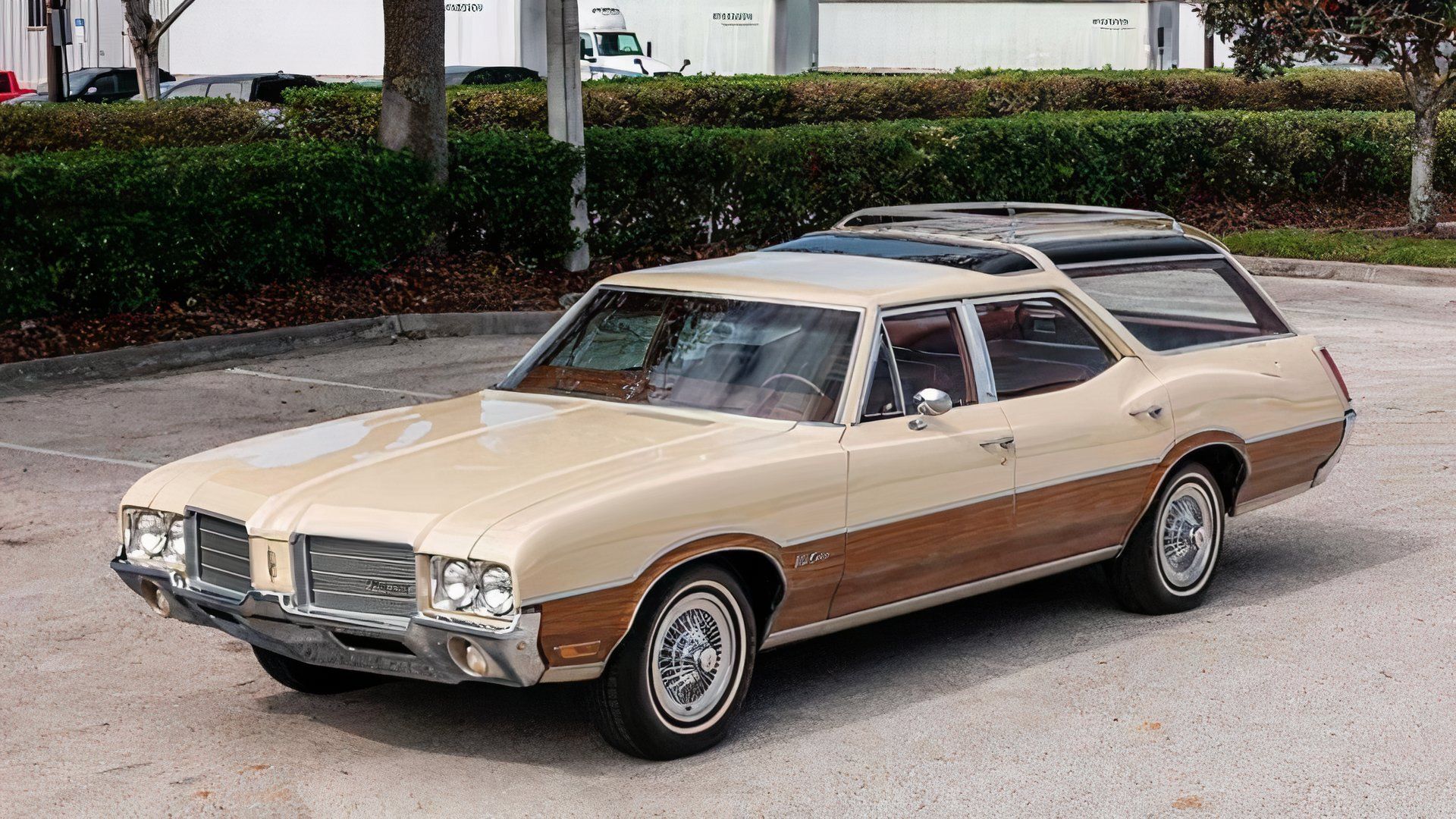
Related
10 Classic Station Wagons That Defined The Family Road Trip
With seating that could challenge the roomiest SUV, these models capitalized on the need for family-oriented utility.
Cabin Is Comfy And Cavernous
In wagon form, there were few models from the 1990s that could match the sheer size of the Roadmaster. This was largely due to the general interest shifting away from large sedans and station wagons and toward efficient models and SUVs. Still, even the most influential SUVs of the 1990s struggled to match the seating capacity of Buick’s wagon, which was eight.
The seating was lined with soft cloth or vinyl cushions, similar to that comfy recliner that you fall asleep in after work. Cargo was versatile, with the rear-facing third row able to be removed to increase the rear hatch’s available space. That said, some of the cabin accents, including the faux wood and plastics utilized, can feel a bit low-brow, especially on models that weren’t properly preserved.
Optional Amenities Made This A Livable Space
Power-adjustable seating with lumbar support and memory functions may sound like something from a modern vehicle, though the 1996 Roadmaster offered them as add-ons for any buyers at the time, as was the option for keyless entry and electronic climate control. You could even get a CD player installed from the factory, if you so please. Otherwise, the standard palette was plenty comfortable, and most of all, roomy.
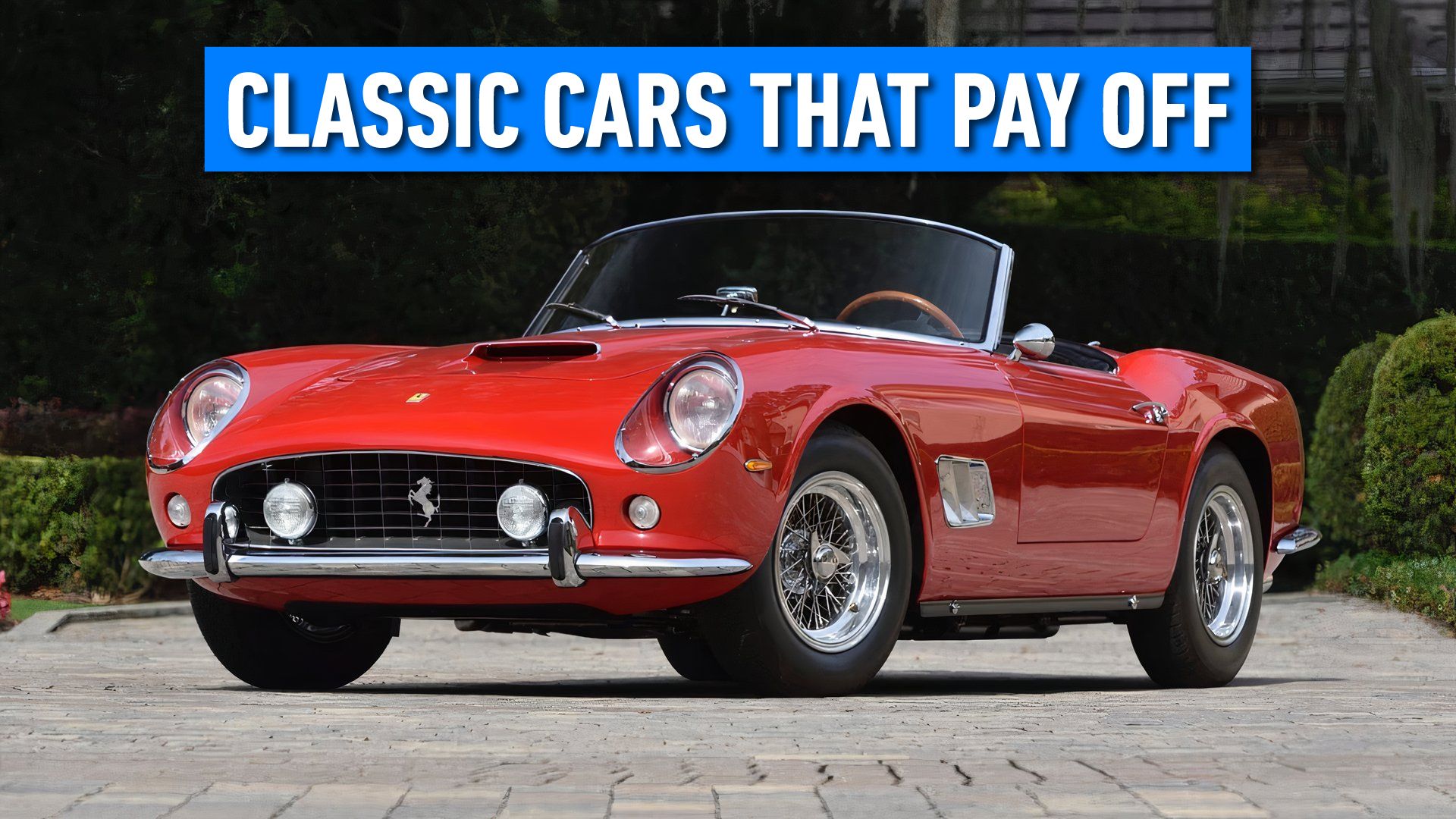
Related
Classic Cars That Pay Off: 10 Investment-Worthy Picks
If money is no object, car collecting can be one of the most lucrative investments.
Exterior Styling Comes Straight From The Past
As mentioned before, the station wagon and large sedan fad had all but faded by the time the final Buick Roadmaster generation kicked off, as minivans and SUVs were satisfying soccer moms nationwide. This is why this generation is sometimes referred to as the last great American sedan, as it assumed the previously popular style, shape, and performance of past models one last time.
Though the outdated faux wood panel styling likely soured potential buyers at the time, it eventually became a classic nod in the future when many classic vehicles sporting the wood panel look rose in popularity. Heck, there are even modern models that try to cash in on the resurgence of the original style with a dedicated trim or appearance package that recreates the “woody” look of the past.
Car-Like Dimensions, Only Bigger
The station wagon is an interesting vehicle in essence, as it offers the capable family-hauling potential of an SUV, though it sits much lower to the ground, like a sedan. This increases visibility at eye level, making it easier to spot pedestrians or smaller objects around you that would, otherwise, be below your line of sight when driving. It’s definitely a large three-row vehicle, though it can be more easily maneuvered than a three-row SUV or pickup truck, both of which the Roadmaster can contend with in terms of capability and passenger volume.
Long Live The Classics!
In its final five-year production run, from the 1991 to the 1996 model years, The Roadmaster saw over 200,000 units sold, with 50,000 of them being wagons. Despite the respectable number, Buick called it quits after the 1996 model year, with the 1996 Roadmaster also being the last body-on-frame passenger car produced by the American luxury proprietor. Just one year later, you’d be hard-pressed to find a new model station wagon from any American brand, though SUVs were abundant. At the end of the day, the Roadmaster, and its B-body cousins, made a lasting impression on the auto world by briefly shaking up the trajectory of the automotive market in the 1990s.
#Forgotten #American #Station #Wagon #Tow #Small #Pickup #Truck


